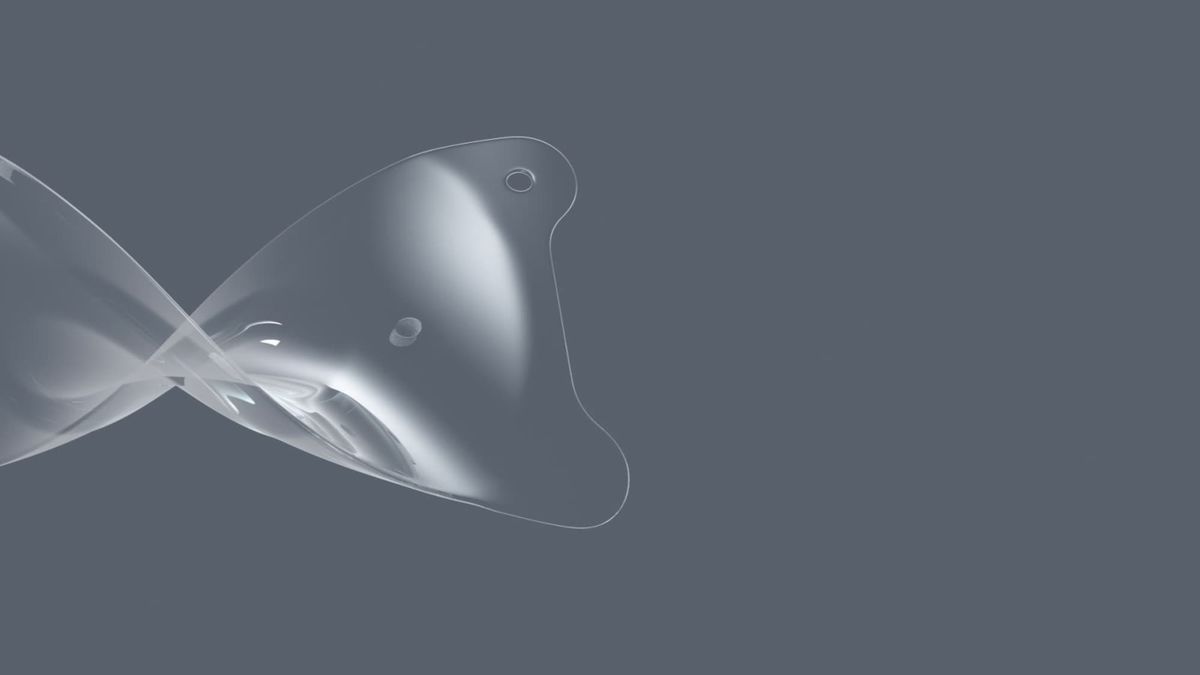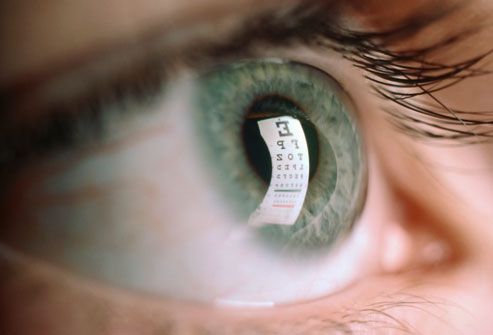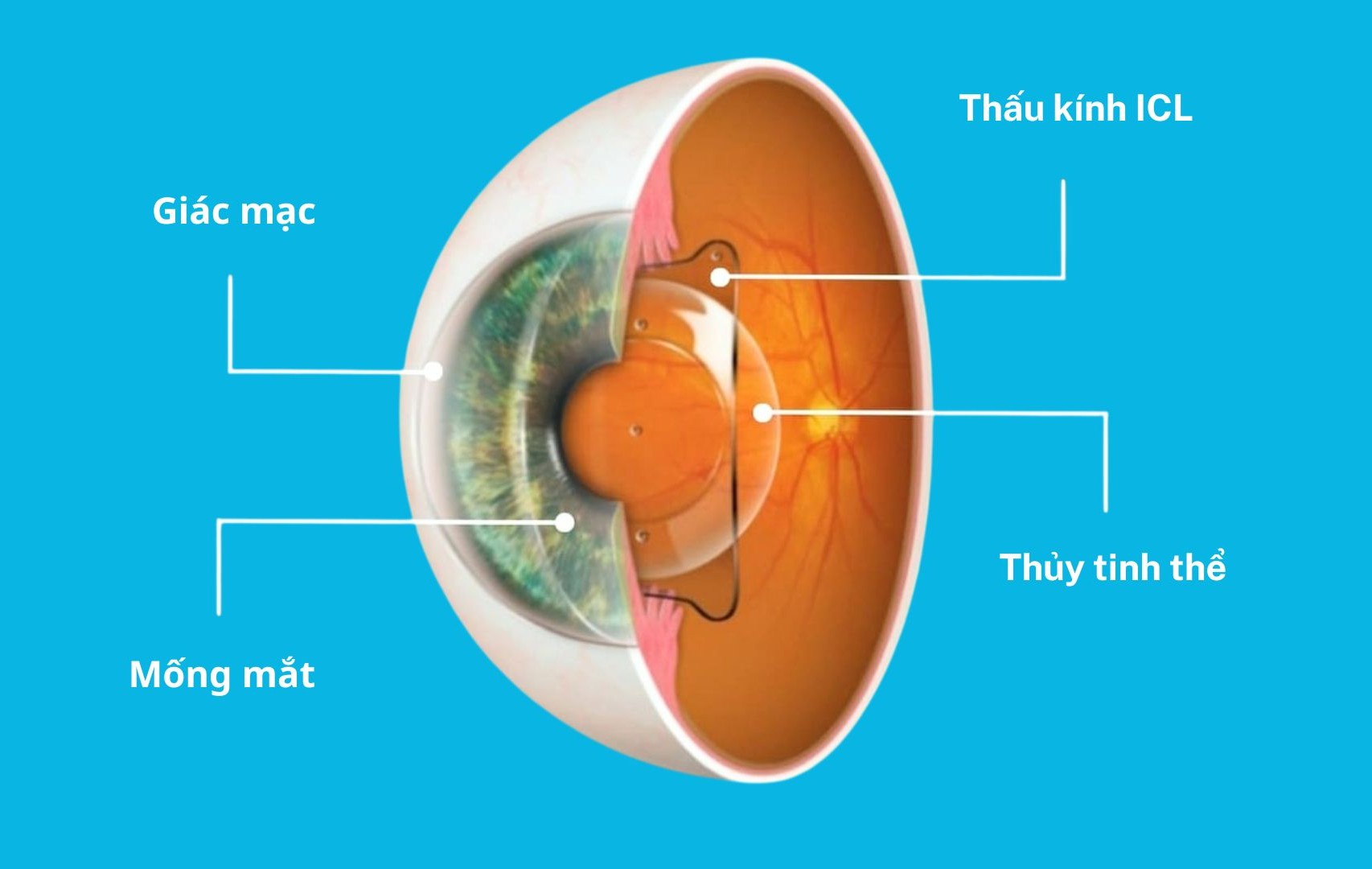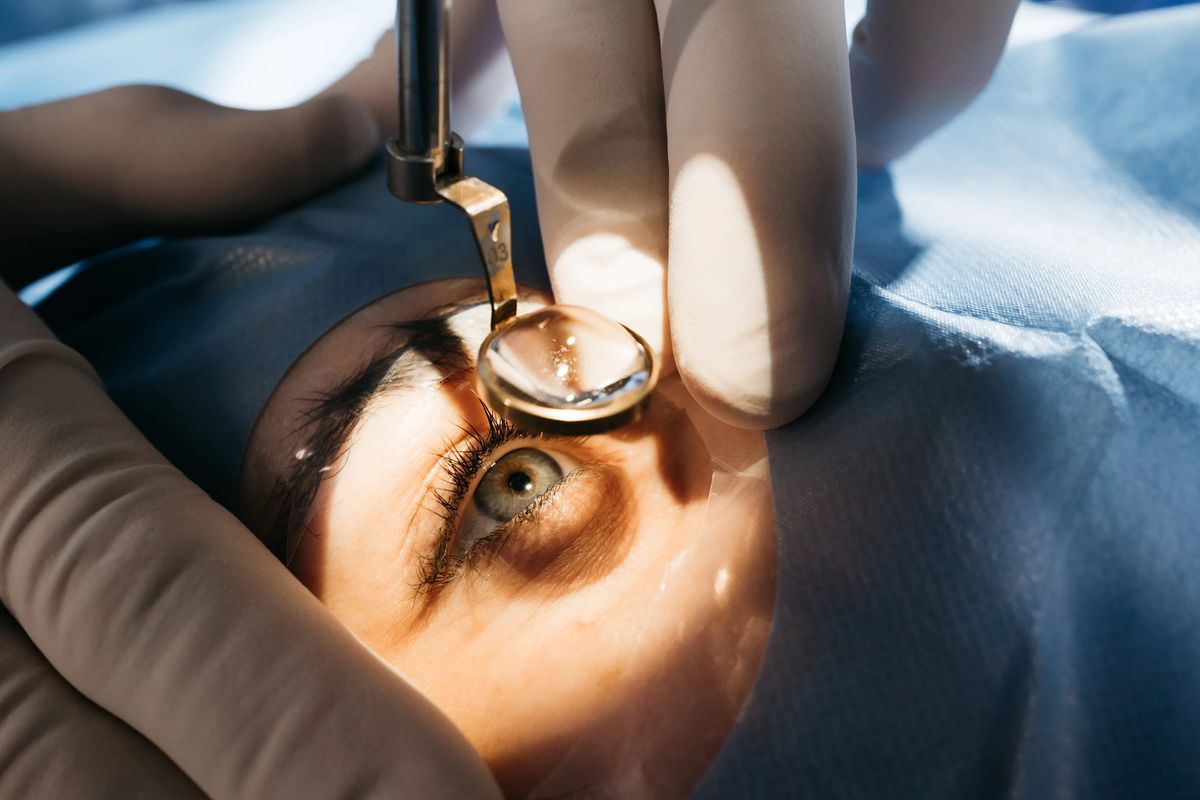Introduction

Phakic surgery is an advanced solution that effectively treats patients with high myopia
Phakic surgery (Phakic ICL) has become a leading option for patients with high myopia, thin corneas, or chronic dry eye—those who may not qualify for LASIK or PRK. Thanks to the design of placing a lens inside the eye without altering the cornea, this method delivers sharp vision, fast recovery, and high satisfaction, with 99.4% of patients stating they would undergo the procedure again according to STAAR Surgical research.
One of the most common questions before deciding is: Does Phakic surgery hurt? Below is a clear and comprehensive explanation based on clinical data and official guidelines.
What is Phakic Surgery and How Is It Performed?
Phakic ICL (Implantable Collamer Lens) is an intraocular lens made of Collamer—a highly biocompatible material placed between the iris and the natural lens. The cornea remains completely untouched, unlike LASIK, greatly reducing the risk of dry eye or corneal complications.
Procedure time: 20–30 minutes per eye
Suitable for:
- Myopia from –3.0D to –20.0D
- Astigmatism from 1.0D to 4.0D (depending on the ICL type)
- Thin corneas or patients unsuitable for LASIK
Does Phakic Surgery Hurt?

Before the procedure begins, anesthetic drops are applied to the surface of your cornea.
Patients receive topical anesthetic eye drops that eliminate all pain during the procedure. In some cases, the doctor may provide a mild sedative to help you feel even more comfortable.
According to STAAR Surgical guidelines, patients do not feel pain during the procedure—only slight pressure as the surgeon inserts the lens through a tiny incision in the cornea.
The procedure consists of three main steps:
- Creating a micro-incision at the edge of the cornea
- Folding and inserting the ICL lens
- Adjusting the lens position behind the iris
At the end of the procedure, the eye is treated with medication and may be covered with a protective shield.
In summary: During the procedure, you will not feel pain.
When the anesthesia wears off, you may experience the following sensations but they are not considered painful:
- Mild irritation or the feeling of a foreign object in the eye—this is common and resolves within a few days.
- Mild dryness: your doctor may prescribe artificial tears to help.
- Light sensitivity: wear sunglasses for the first few days.
- Mild blurry vision during the first few hours—improves quickly as the lens stabilizes.
According to STAAR Surgical documents, postoperative discomfort is described as “very mild and easily manageable,” and it is rare for patients to require strong pain medication.
Irritation/dryness typically resolves in 24–48 hours.
Vision stabilizes within a few days to 1–2 weeks, depending on the patient.
Recovery After Phakic Surgery

After Phakic surgery, your doctor will prescribe antibiotic, anti-inflammatory, and lubricating eye drops.
Because the cornea is not cut, healing after Phakic ICL surgery is very fast. Clinical studies show that most patients experience noticeably clearer vision almost immediately after the procedure.
Things to Avoid in the First 1–2 Weeks
To ensure optimal recovery, you should follow these recommendations:
- Avoid rubbing your eyes, even if they feel slightly irritated
- Avoid getting water into your eyes for 5–7 days
- Avoid swimming, steam rooms, and vigorous exercise
- Limit eye makeup
- Wear sunglasses outdoors to reduce light sensitivity
These precautions are consistent with FDA-approved Visian ICL postoperative guidelines.
Use Medication as Directed
Your doctor will prescribe:
- Antibiotic eye drops to prevent infection
- Anti-inflammatory eye drops
- Artificial tears
Following the medication schedule is essential to ensure fast healing and lens stability.
Follow-Up Schedule
You will typically be scheduled for check-ups:
- 24–48 hours after surgery
- After 1 week
- After 1 month and 3 months
Regular follow-ups allow your doctor to monitor eye pressure, lens position, and visual quality.
When Should You Contact Your Doctor?
Although risks are very low, contact your doctor immediately if you notice:
- Severe eye pain
- Persistent redness
- Sudden decrease in vision
- Flashes of light or unusual halo patterns
These may indicate increased eye pressure or inflammation, though complication rates remain low (0.2–1% depending on the study).
Phakic Surgery Recovery Timeline
| Stage | Time | Condition |
|---|---|---|
| Initial clarity | After a few hours | Vision improves quickly |
| Irritation / mild blur resolves | 24–48 hours | Normal daily activities possible |
| Vision stabilization | 1–2 weeks | Clear vision, minimal discomfort |
| Full stabilization | 1–3 months | Optimal day & night vision |
The greatest advantage of Phakic ICL surgery is its rapid recovery and clear, high-quality vision, especially at night, proven across multiple international clinical studies.
Phakic surgery is painless thanks to topical anesthesia and minimally invasive technique. After surgery, you may experience mild irritation, dryness, or light sensitivity, all of which are tolerable and resolve quickly within 1–2 days.
This method is ideal for patients with high myopia, thin corneas, or dry eyes, offering:
- Fast procedure: 20–30 minutes
- Almost immediate visual improvement
- No corneal dryness
- Over 99% patient satisfaction
Phakic surgery is a safe, effective option that delivers outstanding vision quality when combined with proper aftercare and regular follow-up.

 vi
vi 25-Nov-2025
25-Nov-2025










 0916.741.763
0916.741.763 Appointment
Appointment